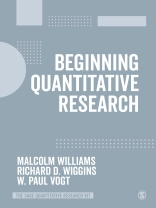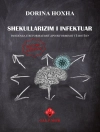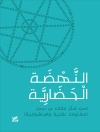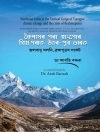This concise text provides a clear and digestible introduction to completing quantitative research. Taking you step-by-step through the process of completing your quantitative research project, it offers guidance on:
· Formulating your research question
· Completing literature reviews and meta-analysis
· Formulating a research design and specifying your target population and data source
· Choosing an appropriate method and analysing your findings
Part of The SAGE Quantitative Research Kit, this book will give you the know-how and confidence needed to succeed on your quantitative research journey.
İçerik tablosu
A General Introduction To This Kit.
Starting With The Basics: From Research Problem To Variables
Literature Reviews and Meta-Analyses
Research Design and Research Resources
Sampling
Creating Data: An Introduction To Surveys And Questionnaires
Secondary Analysis and Data Manipulation
The Social Context Of Quantitative Research
Conclusion and Future Directions
Yazar hakkında
W.P. Vogt was an Emeritus Professor of Research Methods and Evaluation at Illinois State University, where he won both teaching and research awards. He specialized in methodological choice and program evaluation and was particularly interested in ways to integrate multiple methods. His other books include: Tolerance & Education: Learning to Live with Diversity and Difference (Sage Publications, 1998); Quantitative Research Methods for Professionals (Allyn & Bacon, 2007); Education Programs for Improving Intergroup Relations (coedited with Walter Stephan, Teachers College Press, 2004). He was also editor of four 4-volume sets in the series ′Sage Benchmarks in Social Research Methods′: Selecting Research Methods (2008); Data Collection (2010); Quantitative Research Methods (2011); and, with Burke Johnson, Correlation and Regression Analysis (2012). His most recent publications include the co-authored When to Use What Research Design (2012) and Selecting the Right Analyses for Your Data: Quantitative, Qualitative, and Mixed Methods Approaches (2014).











